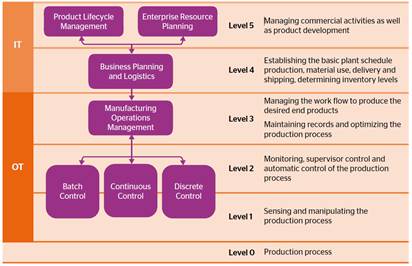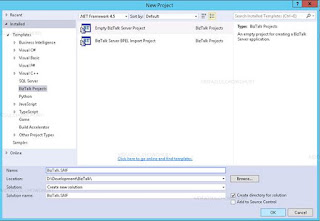Enterprise Architecture and TOGAF 9
An Enterprise is any collection of organizations having same goal and purpose. These organizations are linked together and being owned and maintained by common owners across the enterprise. It encompasses its information and technology services, processes, and infrastructure - and a specific domain within that enterprise. The architecture may have multiple systems or multiple functional or business groups sharing the common goal. In an extended scenario, an Enterprise comprises of the partners, suppliers, and customers, as well as internal business units. Main purpose of Enterprise Architecture is to ensure an integrated, optimized, non redundant and efficient environment which responds to change and supports the business strategy. It is a strategic context for the evolution of the IT system in response to the constantly changing needs of the business environment. It balances the corporate IT Strategy and Business Innovation and makes sure that IT Strategies are met and permits closest possible synergy across extended enterprise. A good enterprise architecture ensures the following outcomes:
- Better ROI for existing investment and reducing risk for future investment
- Non Redundant Business Systems
- Effective, Efficient and Cost Effective IT Systems
- Brings legacy of processes into an integrated environment
TOGAF 9 ADM:
TOGAF Architectural Development Method or simply ADM describes the method for developing an Enterprise Architecture, and thus shapes the core of TOGAF Architectural Framework. These are the phases of TOGAF 9:
(a) Preliminary Phase
(b) Phase A: Architecture Vision
(c) Phase B: Business Architecture
(d) Phase C: Information Systems Architecture
(e) Phase D: Technology Architecture
(f) Phase E: Opportunities and Solutions
(g) Phase F: Migration Planning
(h) Phase G: Implementation Governance
(i) Phase H: Architecture Change Management
- Better ROI for existing investment and reducing risk for future investment
- Non Redundant Business Systems
- Effective, Efficient and Cost Effective IT Systems
- Brings legacy of processes into an integrated environment
TOGAF 9 ADM:
TOGAF Architectural Development Method or simply ADM describes the method for developing an Enterprise Architecture, and thus shapes the core of TOGAF Architectural Framework. These are the phases of TOGAF 9:
(a) Preliminary Phase
(b) Phase A: Architecture Vision
(c) Phase B: Business Architecture
(d) Phase C: Information Systems Architecture
(e) Phase D: Technology Architecture
(f) Phase E: Opportunities and Solutions
(g) Phase F: Migration Planning
(h) Phase G: Implementation Governance
(i) Phase H: Architecture Change Management



ReplyDeleteLOVE IT ! Great article and hit the point!...this is very interesting and thoughtfully written.I am glad that you shared this helpful info with us.Thanks for the info!!!! This blog is very nice and collect good information for anyone who wants to know about this topic. i totally agree with u.nice work
href="https://nsdmacademy.com">NSDM Academy
Enterprise architecture and TOGAF 9 (The Open Group Architecture Framework) are indispensable tools for organizations. Device Streaming Slow They provide a structured approach to aligning business strategies and IT infrastructure.
ReplyDelete